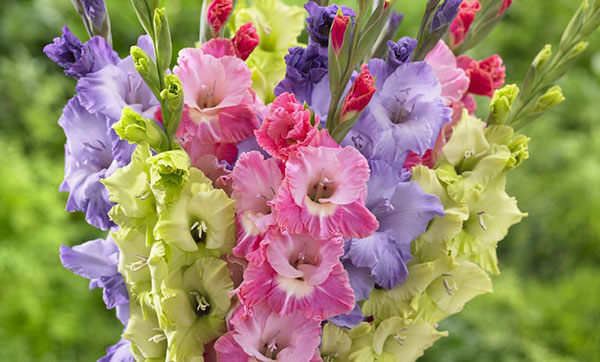
Gladioli, like all bulbs, are susceptible to various diseases and pest attacks. But just spraying and watering something is not enough and wrong. It is necessary to deal with sores of flowers, understanding the reasons. Pests spoil the decorative look, kill planting material and the plant itself. The most dangerous pests of gladioli:
Gladiolus thrips is a major pest. It causes irreparable harm to tubers and flowers of the plant. This is a small sucking insect, almost indistinguishable to the naked eye. They breed extremely fast, in one summer they can give several generations. In addition to damage to the bulbs, thrips damages the gladiolus flowers. Whitish spots appear on the petals, the flower loses its decorative appearance, turns yellow and dries. Heavily damaged buds do not open, die on the stem.
Content
Garden scoop
This is a caterpillar with yellow and green or brown stripes on the body. The pest strongly eats the leaves of the buds, which leads to the death of the plant. It “works” like all parasites at night, mainly in May - June.
Root tick
It affects the tubers of the plant both in the planted in the ground and in storage. The main condition for their life is increased humidity and air temperature of 10 degrees. Recognizing it is easy. The tick settles in the flower bulb and is able to eat it completely from the inside. If the root becomes dark and rotten, these are traces of the work of the root tick.

It looks like a small white spider, has strongly developed jaws. It bites into the skin of the bulb and penetrates inside. It multiplies very quickly. Under favorable conditions, it can also settle on the surface of the soil and begin to feed on the aboveground parts of the plant.
Medvedka
It prefers organic soils. Therefore, it is not recommended to make fresh mullein during feeding. Lives mainly underground, making moves and minks in it. Damages the roots, bulb and flower stalk.
Slug
They live only in very humid places, can hide in the soil to a depth of 1 meter. They eat in the evening or at night, but in damp weather they can crawl out during the day. In gladioli, they severely damage the bulb and leaves. Eating especially young shoots, can completely destroy the plant.
Wireworm
It causes irreparable harm to the bulbs, bites into them, eating holes and passages, not only destroys, but also brings the infection. In addition to pests, gladioli are susceptible to various diseases. They are about 15 species. Fusarium can lead to mass death of plants. Scientists have not yet invented immune varieties.
The causative agent is the soil mushroom Fusarium. Infection occurs through the roots. Fusarium disease is an incurable disease of gladioli. In infected plants, the stem bends, flowering is late. With severe damage, the bulb dries and the flower dies. An excess of nitrogen fertilizers provokes the disease, as well as increased humidity, warm weather.

Sclerotinia is an equally dangerous disease. In humus-rich soils, it forms foci of infection and can persist in it for about 20 years. With abundant fogs and dews, when grown on heavy soils, it can affect plants en masse. With a disease of dry black rot, the ends of the leaves of the gladioli begin to turn yellow, the stem begins to rot, break, the tissues delaminate, the root dies. Infection occurs in the soil.
Botritiosis
It is transmitted by air, often in humid, cool weather.Spores of the fungus, along with drops of moisture, settle on the plant and are eaten into its tissue. On the leaves, red-brown spots of rounded shape begin to appear. There are watery spots on the petals. The plant begins to rot. Botrythiosis can be eliminated by spraying during the growing season a solution of copper sulfate with green soap.
Scab
The disease develops intensively on clay and peat soils. Infection occurs in the ground. Signs become noticeable when harvesting corms. Sores of about 5 mm appear on them. Gray, black, sometimes red spots are visible on the scales. When scab yellowing of the tops of the leaves and their wilting occurs. At the base, the plant begins to rot. There is no cure for this disease. Therefore, only healthy planting stock should be used.
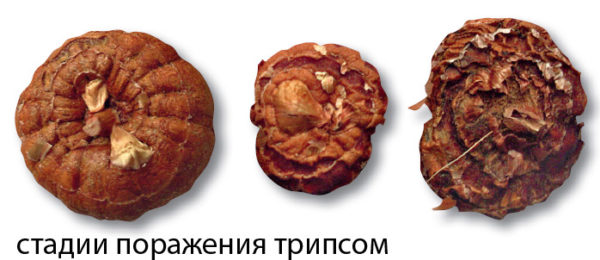
Cancer
The disease is caused by a soil bacterium that is carried by nematodes. Ugly growths appear on the bulb instead of children. Contaminated material should be discarded and incinerated. It is not suitable for landing. The viral diseases of gladioli include: yellow mosaic of beans, cucumber mosaic, jaundice of asters, ring blotch of tobacco, ring blotch of tomatoes.
When gladioli are infected with a mosaic of beans, light or dark green spots appear on the leaves. Affected flowers begin to fade or darken. The virus does not affect the bulb.
Mosaic of cucumbers is a very dangerous disease. Can be confused with damage from thrips. Whitish stripes form on the leaves, and spots also appear on the flowers. It leads to dwarfism of the plant, the flowers become small.
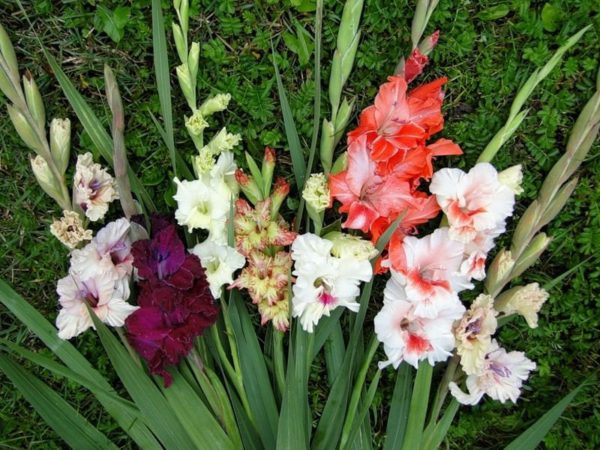
The main carriers of the jaundice virus of asters are cicadas. During a drought, they are especially active. The tips of the leaves gradually turn yellow and die. Next is the twisting of inflorescences.
Ring spot viruses carry nematodes. The leaves are bent, fringe and brown spots or stripes appear on them. The tubers are very small, they are not suitable for planting material.
Prevention against diseases and viruses in gladioli
Currently, breeders have not yet developed resistant to diseases and viruses gladioli. Therefore, the only way to save the plant is to prevent the disease. The most effective preventive measures:
Crop rotation
Gladioli cannot withstand a permanent landing site. After a couple of years they begin to hurt. It is very useful to plant marigold or marigolds after flowers. They will disinfect the soil. You can plant around flower beds with flowers.
The diseased plant must be removed immediately to avoid contamination of the remaining plantings. It must be removed together with a lump of earth.
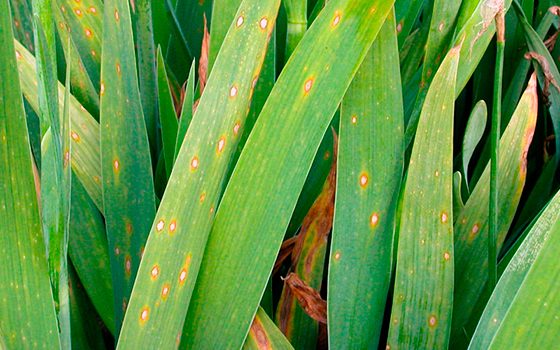
Plant flowers in a well-ventilated place in order to contain the defeat of fungal infections.
Spray with preventive solutions. It should be noted that preparations for spraying do not treat, but only protect plants located next to the patient.
Mulching with pine needles or sphagnum moss also gives a good result in prevention. Do not plant infected and diseased bulbs. They not only will not give good flowering, but they will infect other plants.
Before planting corms, it is necessary to dig the earth in the flowerbed, treat it with a solution of manganese and fungicides.

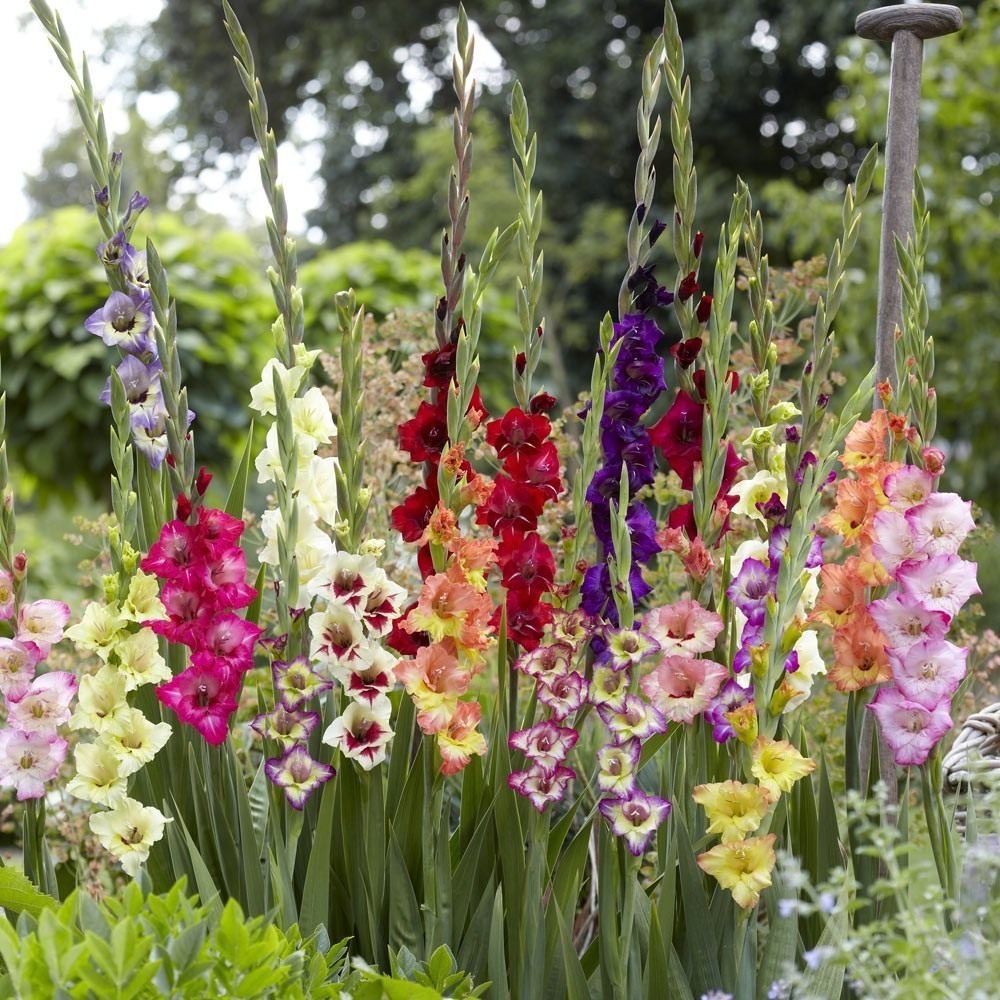
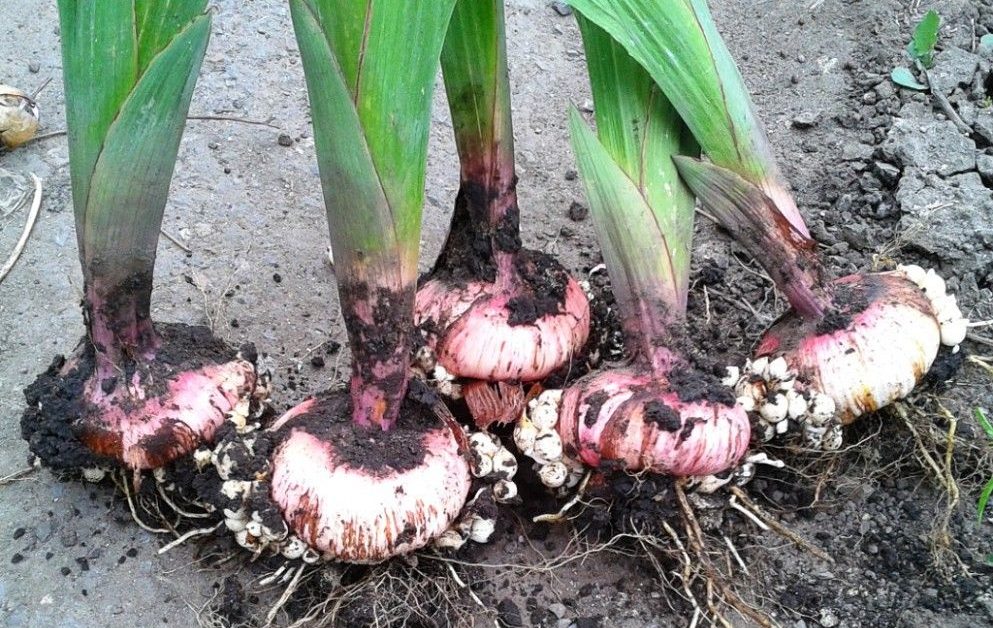
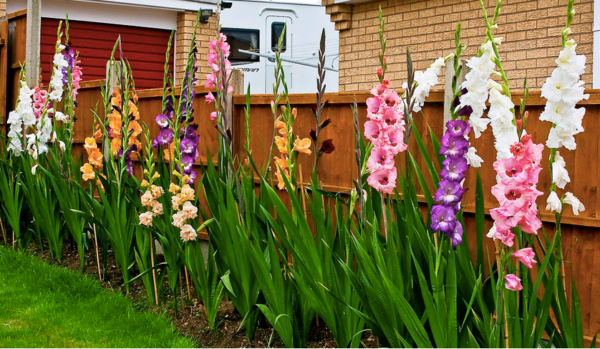
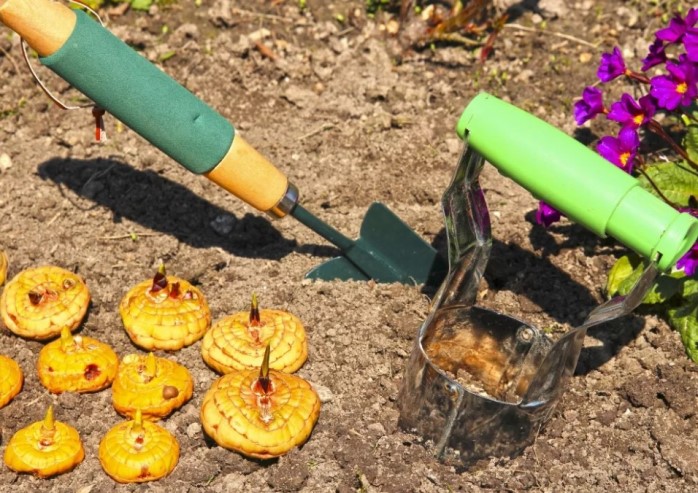 When and how to plant gladioli in spring in open ground
When and how to plant gladioli in spring in open ground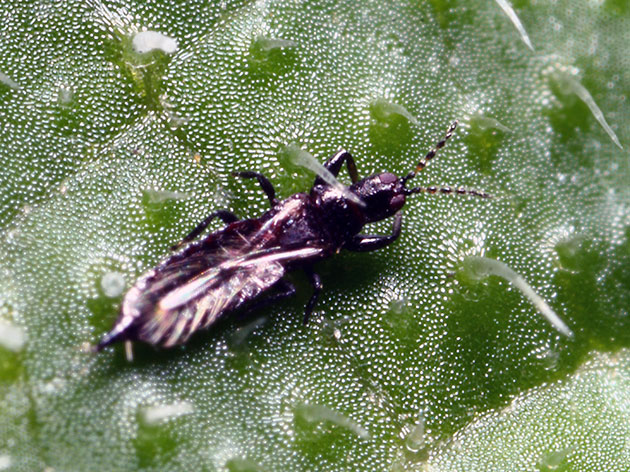 How to deal with thrips on gladioli
How to deal with thrips on gladioli Gladioli: landing and care in the open ground
Gladioli: landing and care in the open ground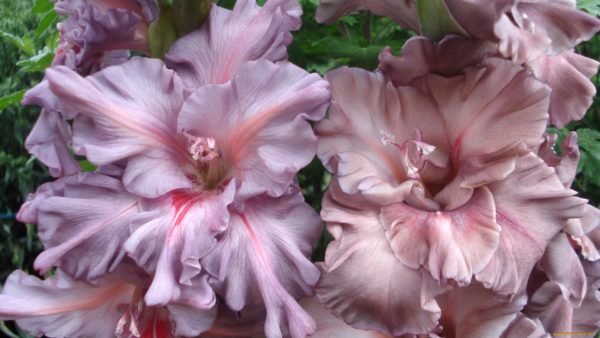 Children of gladioli: what to do with them
Children of gladioli: what to do with them